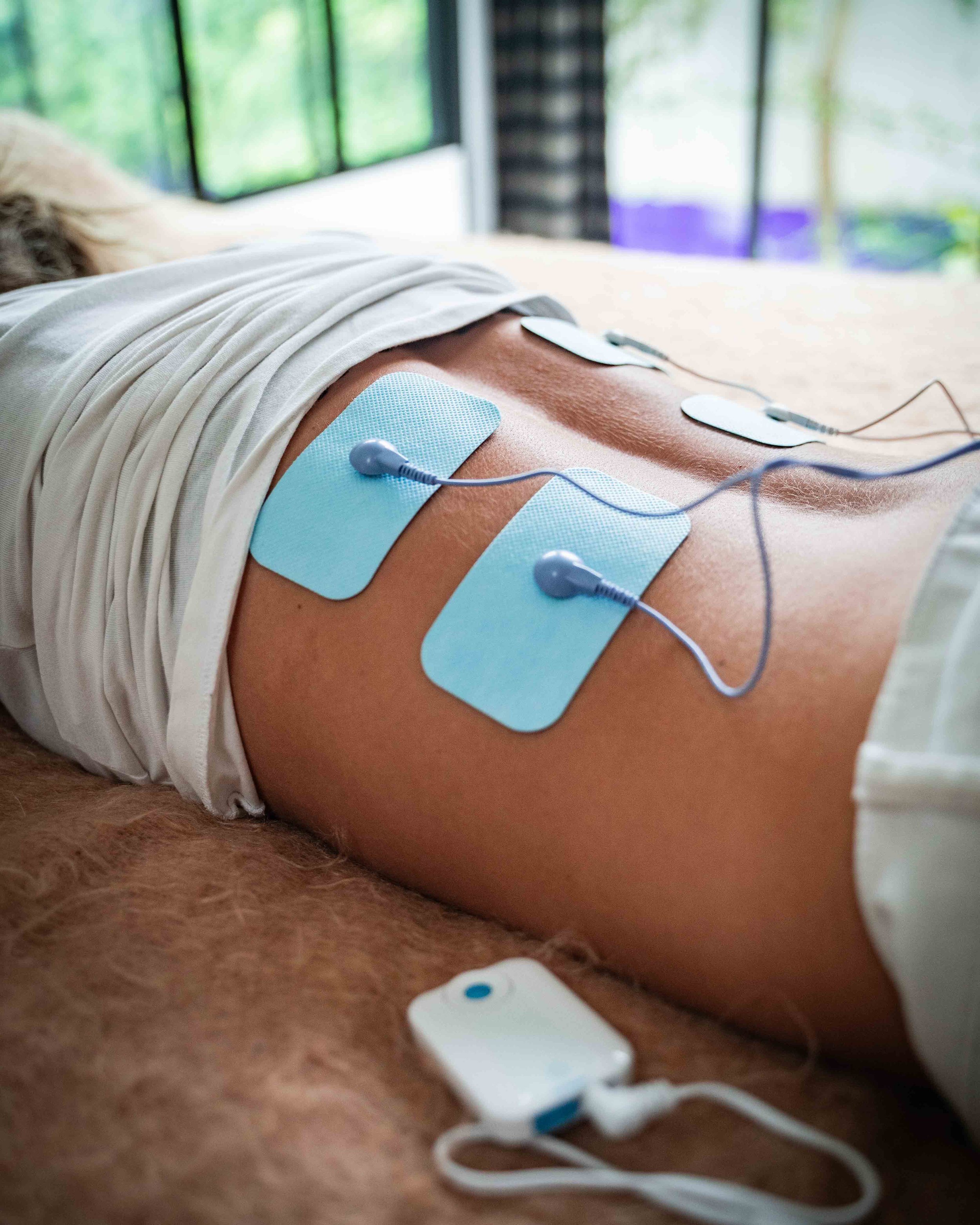Arachnoiditis Is an Autoimmune Disease
/By Dr. Forest Tennant
After several years and numerous studies, we have determined that Adhesive Arachnoiditis (AA) is an autoimmune disease – a condition in which autoantibodies or cellular elements erroneously recognize tissue as virulent or pathologic and attack it, producing inflammation and tissue destruction.
AA only occurs when inflammation forms jointly in the cauda equina and arachnoid membrane of the spine. After the inflammation becomes significant, adhesions form which fuse or “glue” cauda equina nerve roots to the arachnoid membrane. An autoimmune process is the generator and initiator of this inflammation.
The primary generator of the autoimmune process that causes AA is almost always reactivation of the Epstein-Barr virus (EBV) from its normal, dormant, parasitic state. EBV reactivation may occur multiple times over a lifetime.
This same process is now known to be a major causative factor in several cancers and other autoimmune diseases, including multiple sclerosis and systemic lupus erythematosus.
The autoimmune process of EBV has two components: autoantibodies and auto-reactivity. The latter occurs when the virus enters a cell and releases high amounts of self-antigen, which stimulates tissue destruction.
In rare cases, a virus other than EBV may generate autoimmunity and cause AA. Other viruses, especially cytomegalovirus, herpes 6, and covid, may also accelerate or potentiate EBV autoimmunity.
In the past it was generally assumed that epidural injections, spine surgery, contamination of spinal fluid by toxins, or spine trauma were the cause of AA. It is now known that these events may trigger EBV autoimmunity in spinal tissues. Our studies plainly show that AA is preceded and/or accompanied by other autoimmune conditions such as arthritis, migraine, and irritable bowel.
Medical practitioners and persons afflicted with AA must now recognize, diagnose, and treat AA as an autoimmune disease caused by EBV reactivation.
Doctors are more prone to want to treat a disease than they are to treat pain, so classifying AA as an autoimmune disease may improve pain treatment. I'm getting a lot of doctors who are coming on board with this, who see that a patient has a legitimate disease and don't mind prescribing some Vicodin, Tramadol, or Percocet to treat it.
More information about the Epstein-Barr Virus and its relationship to AA and other chronic pain conditions can be found in our book: "The Epstein-Barr Virus: A New Factor in the Care of Chronic Pain."
Forest Tennant, MD, DrPH, is retired from clinical practice but continues his research on the treatment of intractable pain and arachnoiditis. Readers interested in learning more about his research should visit the Tennant Foundation’s website, Arachnoiditis Hope. You can also subscribe to its bulletins here.
The Tennant Foundation gives financial support to Pain News Network and sponsors PNN’s Patient Resources section.
















